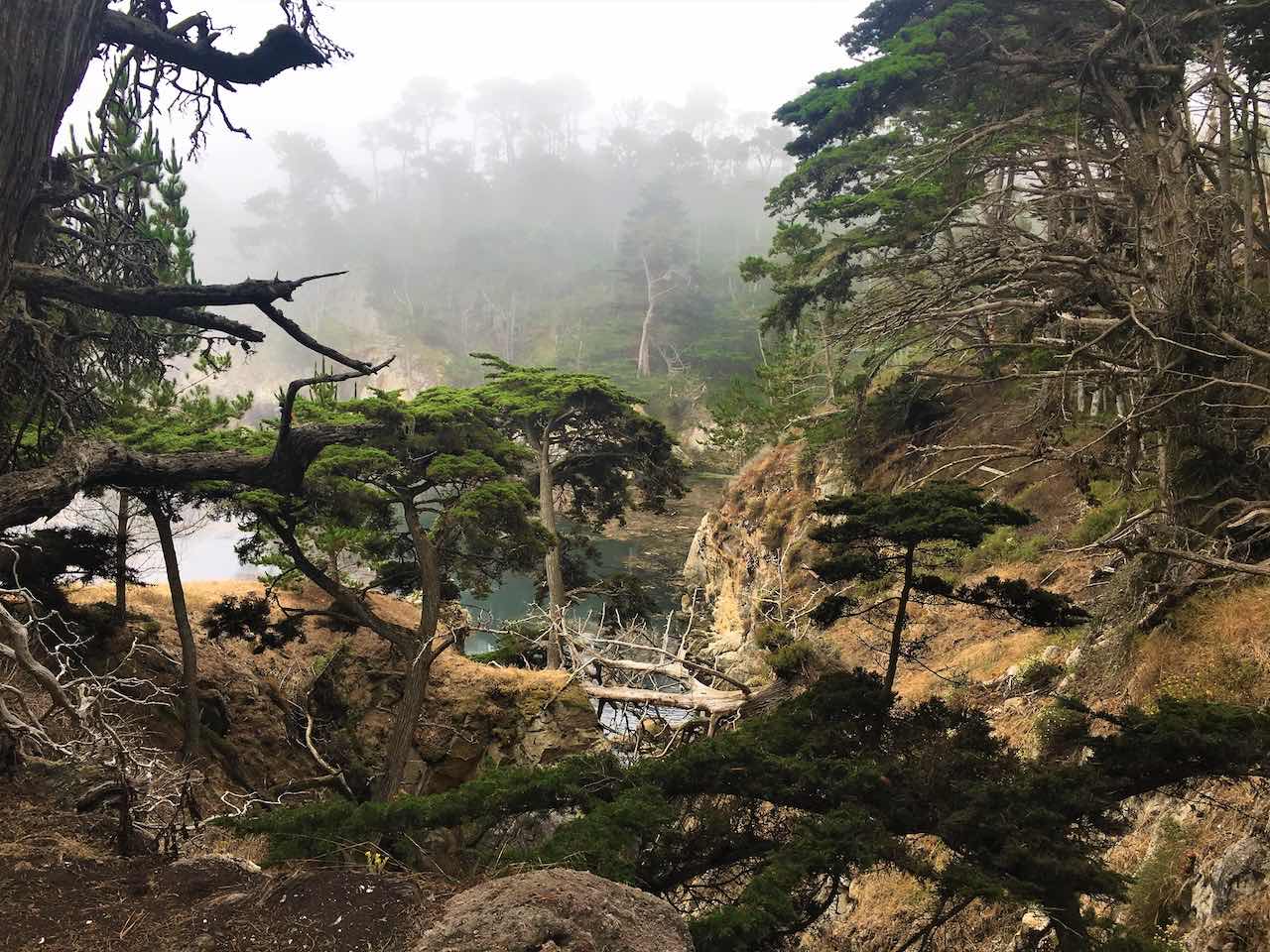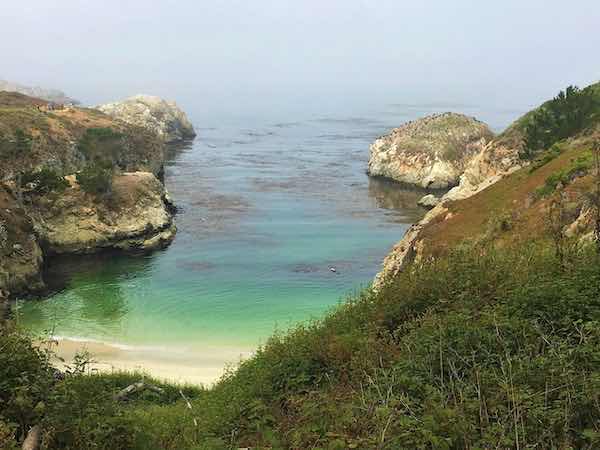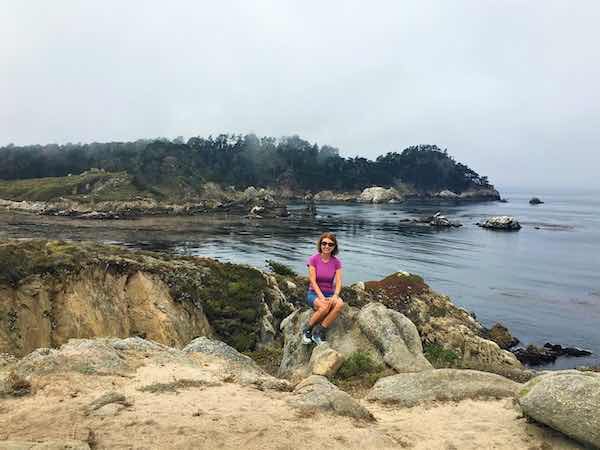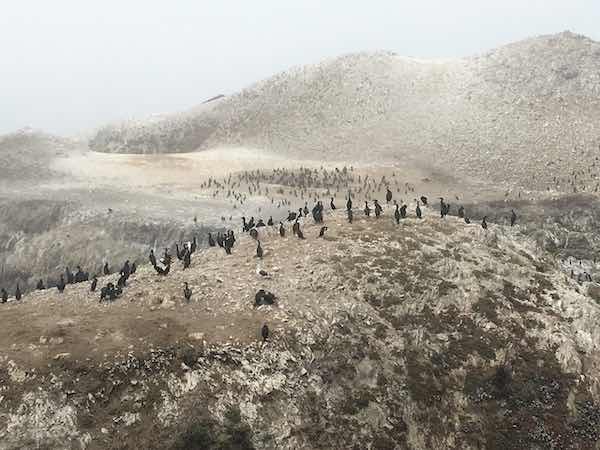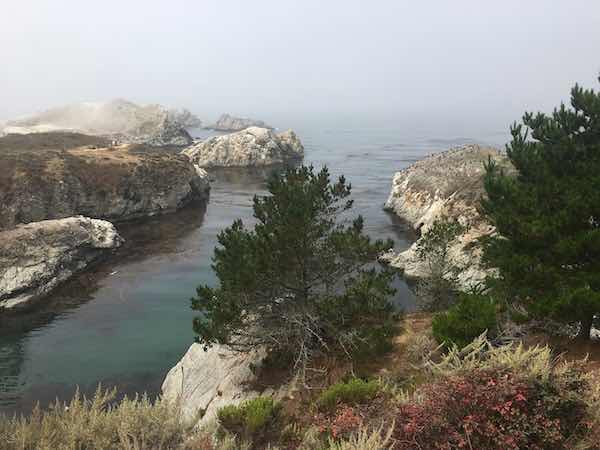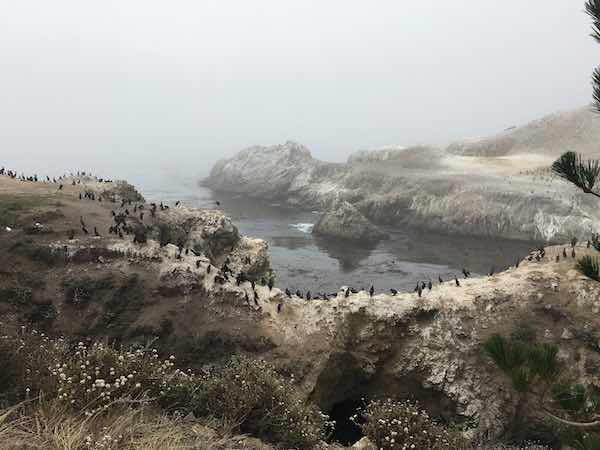
Point Lobos State Natural Reserve
Often described as the Crown Jewel of the California State Park system, Point Lobos State Natural Reserve is an exceptionally beautiful, biologically thriving, and memorable place. The abundance of marine mammals (especially sea lions, harbor seals, and sea otters), shorebirds (Black Oystercatchers, Pigeon guillemots, and Osprey, among others), tide pool animals and more make Point Lobos a watchable wildlife dream come true.
In addition to many wonderful hiking trails along stunning coastlines and through meadows and Monterey Cypress forests, this Natural Reserve hosts rare plant communities, unique geological formations, and archeological sites. There is also excellent diving in Whalers Cove, Bluefish Cove and nearby waters (reservations required here) and kayaking.
Point Lobos is a truly exceptional public land destination.
Details
Location
62 CA-1, Carmel-By-the-Sea
Managed By
California State Parks
Website(s)
Distance from UCSB
245 mi
How To Get There
Things To Do
Beach Activities, Birdwatching, Hiking, Historic/Cultural Interest, Other Recreational Activities (Diving, Kayaking), Picnicking, Viewing, Walking, Watchable Wildlife
Fun Facts
Landscape artist Francis McComas called Point Lobos the “greatest meeting of land and water in the world.”
Indigenous peoples harvested shellfish and engaged in other activities at Point Lobos, where 19 midden sites and many mortar holes can be found.
Point Lobos was also a center of whaling, as described in the Whaling Station Museum at Whalers Cove. The likely first Chinese fishing settlement in California also occurred on Point Lobos; and a remaining building from that time now houses the Whalers Museum. Fortunately Point Lobos is now a good place to view live gray, humpback, and blue whales, in addition to dolphins, porpoises and orcas.
Other Information
The Point Lobos Foundation conducts daily, free docent-guided public walks, and posts a schedule.
If you enjoy geology, there is a great on-line booklet called The Rocks of Point Lobos.
There is a comprehensive, illustrated-with-photos check-list for all plants and animals, as well as a check list that focuses on the birds of Point Lobos.
Among the many trails to choose from, some of the most memorable are the Point Lobos Loop Trail, the Point Lobos South Shore Trail, the South Plateau Trail to Bird Island Trail (or just the Bird Island Trail), and the Cyprus Grove Loop Trail.
This destination has accessible features; to review, click here.
Nearby Public Lands Worth Visiting
Off-shore of Point Lobos Natural Reserve is the Point Lobos State Marine Reserve.
Big Basin Redwoods State Park: Established in 1902, Big Basin Redwoods is California’s oldest State Park. For over 100 years, this remarkable park has featured magnificent redwood trees as old as 1,800 years, beautiful views, waterfalls, and cultural sites. For thousands of years, the Cotoni and Quiroste peoples harvested huckleberries, toyon berries and steelhead here.
In 2020, Big Basin was significantly damaged by the CZU Lightning Complex Fires, but is showing some meaningful signs of regeneration. Currently, several organizations are working to help rebuild and restore Big Basin State Park in the aftermath of the Fires.
The creation of this park, like so many state parks in California, was a result of a dedicated group of hard-working citizens, donors and advocates. In this case, the Sempervirens Club worked together with others to protect this important stand of old growth redwoods. There are excellent animal, bird, and plant lists for Big Basin Redwoods State Park.
© Great Public Land Destinations. All Rights Reserved.
